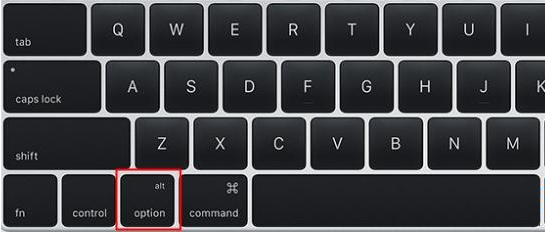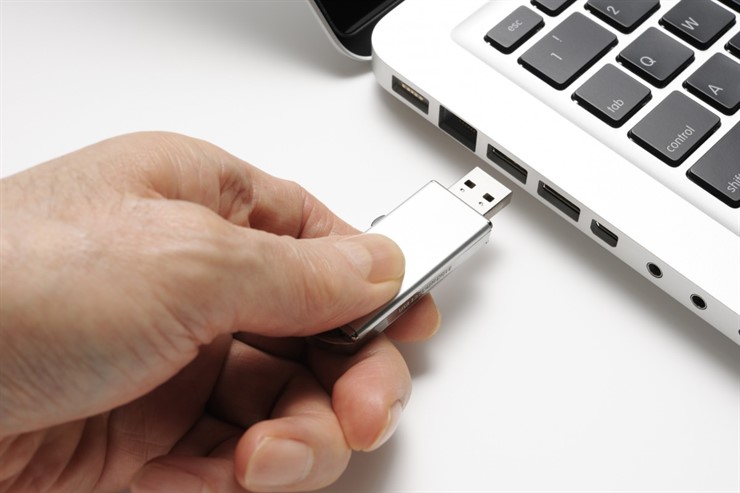


Option-Command-P-R: Reset NVRAM or PRAM.If your Mac is using a firmware password, you're prompted to enter the password. Option (⌥) or Alt: Start up to Startup Manager, which allows you to choose other available startup disks or volumes.

macOS Recovery installs different versions of macOS, depending on the key combination you use. If your Mac is using a firmware password, you're prompted to enter the password. Or use Option-Command-R or Shift-Option-Command-R to start up from macOS Recovery over the internet. Command (⌘)-R: Start up from the built-in macOS Recovery system.Keep holding until the described behavior occurs. UEFI offers security like “Secure Boot”, which prevents the computer from booting from unauthorized/unsigned applications.To use any of these key combinations, press and hold the keys immediately after pressing the power button to turn on your Mac, or after your Mac begins to restart.
How to boot mac from usb flash drive windows keyboard driver#
UEFI has discrete driver support, while BIOS has drive support stored in its ROM, so updating BIOS firmware is a bit difficult. UEFI stands for Unified Extensible Firmware Interface. In the new command line window that opens, to determine the USB flash drive number or drive letter, at the command prompt, type list disk, and then click ENTER. Open a Command Prompt window as an administrator. To create a bootable USB flash drive Insert a USB flash drive into a running computer. How do I boot from USB in command prompt? Or, if Windows is already installed, from either the Sign on screen or the Start menu, select Power ( ) > hold Shift while selecting Restart. Common keys used: Esc, Delete, F1, F2, F10, F11, or F12. To boot to UEFI or BIOS: Boot the PC, and press the manufacturer’s key to open the menus. Move USB to be first in the boot sequence. Using the arrow keys on your keyboard, select the BOOT tab. When you choose to enter BIOS Setup, the setup utility page will appear. During the initial startup screen, press ESC, F1, F2, F8 or F10.


 0 kommentar(er)
0 kommentar(er)
